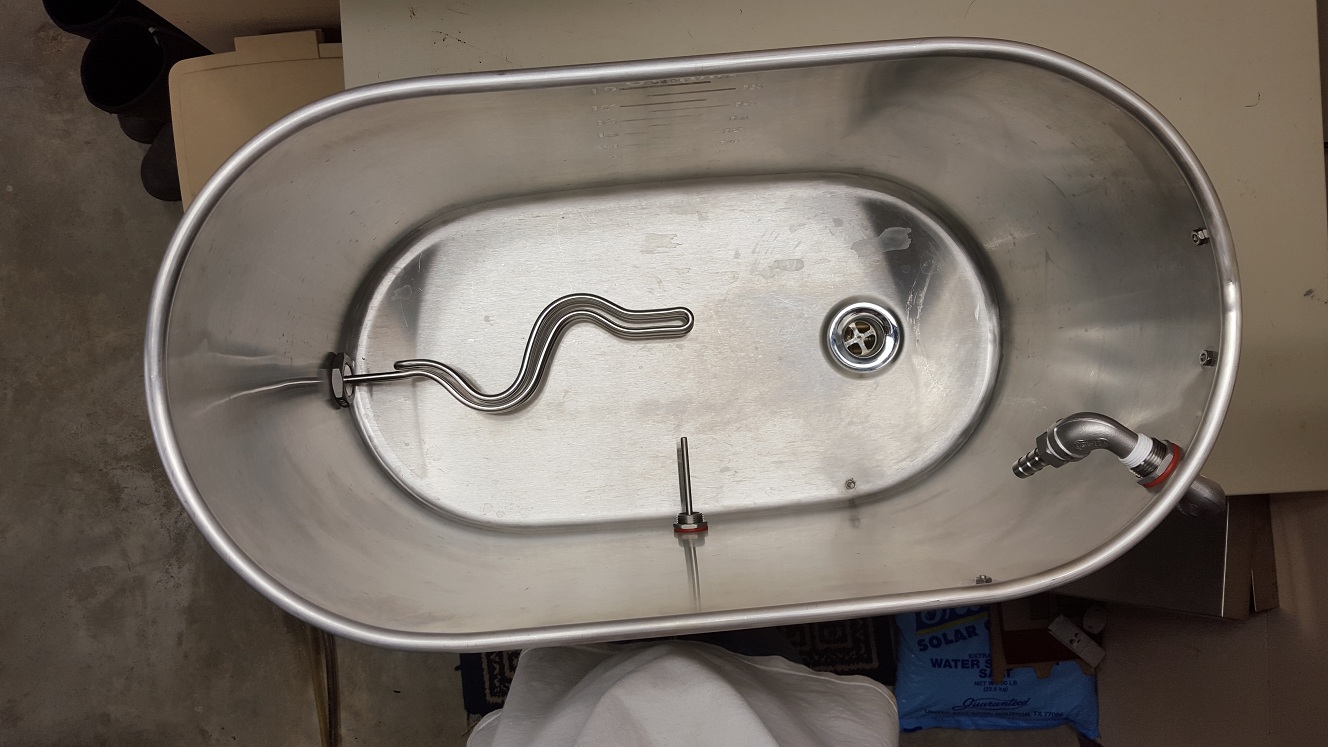Agreed. I'm really surprised this isn't a more utilized test. It's mostly due to grain crush, and slightly due to mash thickness where thicker mashes (<1.25 qt/lb) will take longer. I've never seen a mash that had a good crush need longer than 45 minutes, everytime I've been to a local brewers place to help out and he "needed" long mashes, he had rather coarse crush.

Thanks again. You are making this all come together for me.
Can or will the LBS do a fine enough mill of my grains? Haven't done all grian BIAB so not sure if they mill it fine enough. Do you have to mill yours this fine on your own?
A couple of questions on your program.
1. What is the difference between Hop Bill & Dry Hop
2. I'm not going to sparge. Do I still need to enter data in the field or enter "0"?
3. You gave me the size of my oval kettle, I'll enter that in where it asks for kettle/mashtun size. I would think that I would enter "0" for mashtun loss because I'm going full volume, Correct? What about kettle loss?
4. I think I can enter nothing for kettle width because that will give me false levels, Correct?
5. How about conversion efficiency? Can't remember if I asked earlier.
6. Hop absorption? This must be very minimal. What is inserted for this? Is that number the default?
7. Trub Loss. Is that a standard of 10% of the size batch going into the fermenter?
8. I see when I run my numbers for the Black Butte Porter I'm starting with shows 3.03 qt/Pound of grain. I take it this is for a thin mash? Is that how the program is set up for?
Thanks, most likely more to come. Ha Ha! I guess you can tell I'm a rookie.
Just want to get off to a good start. My build is almost complete. Just waiting on my pump. Finished the brew room in the basement this weekend. Will be posting pics so I'll let you know if I do that on a new thread,







































![Craft A Brew - Safale S-04 Dry Yeast - Fermentis - English Ale Dry Yeast - For English and American Ales and Hard Apple Ciders - Ingredients for Home Brewing - Beer Making Supplies - [1 Pack]](https://m.media-amazon.com/images/I/41fVGNh6JfL._SL500_.jpg)






















